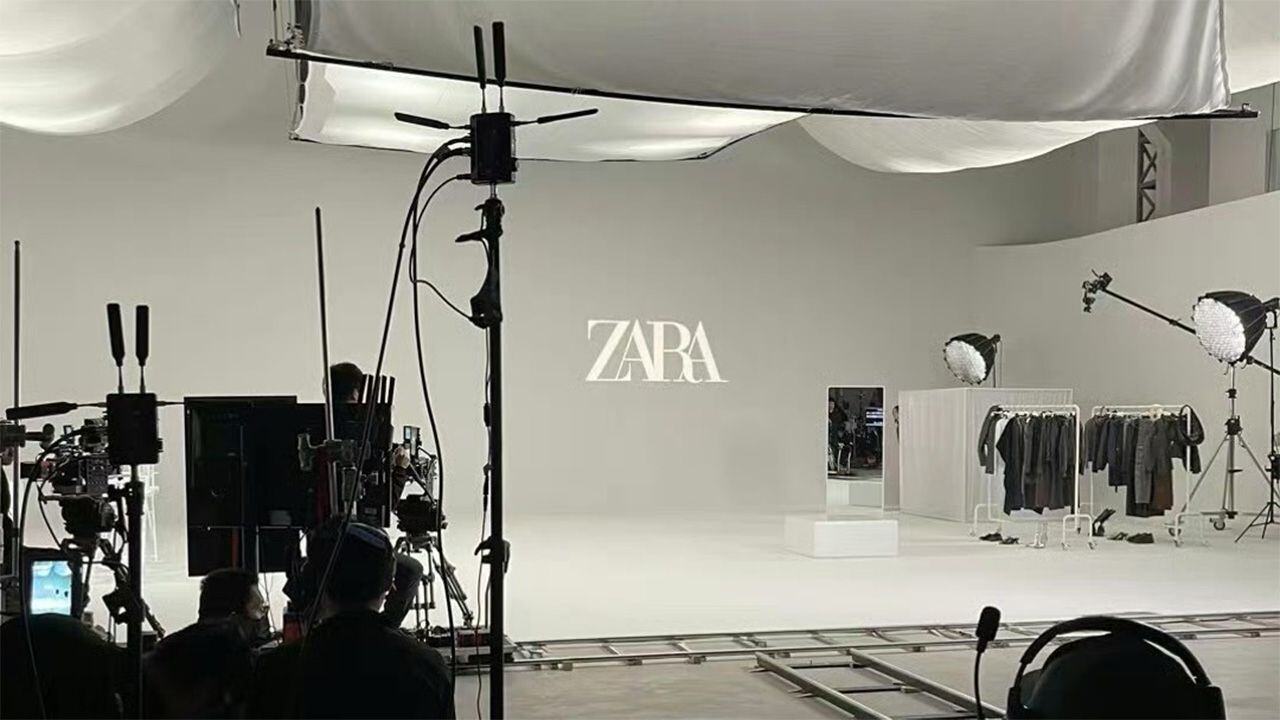
Zara is adopting 'shoppertainment' to increase sales. This year, between August and October, Zara will introduce live-shopping shows in the US, UK, and Europe, following its success with this format in China. These broadcasts will last between 45 minutes and 1 hour, contrasting with the typical 5-hour sessions by Chinese TikTokers.
Similarly, Sulwhasoo, a K-beauty brand, recently concluded its inaugural LazMall Super Brand Day on May 30. Teaming up with Lazada, the event featured exclusive content with Rosé from Blackpink. This collaboration aimed to bolster Sulwhasoo's digital presence in Southeast Asia through unique 'shoppertainment' experiences.
So, what’s shoppertainment exactly?
“Shoppertainment”, introduced by Lazada
Shoppertainment is a fusion of shopping and entertainment, transforming traditional e-commerce by incorporating engaging and interactive content. The term, which gained popularity through platforms like TikTok and Facebook Live, describes video segments that are both shoppable and entertaining. These segments often feature expert-created content that combines education and entertainment, fostering a sense of community among consumers. Shoppertainment leverages the emotional engagement of viewers, encouraging them to make purchases through seamless, interactive experiences.
Content over discounts
Tiktok, in partnership with Accenture, conducted a study showing that 79% of shoppers are pursuing content over discounts, and impulse buying is giving way to more thoughtful, intuitive purchasing decisions. Additionally, consumers are increasingly drawn to content communities, with 73% actively connecting through content and expect to connect with other consumers, not only in one-way communication.
The PACE Model
To adapt to these changes, TikTok introduced the PACE model, emphasizing: Personalization, Assortment strategy, Content creation, and Empowerment.
Brands are urged to leverage TikTok’s platform and tools, such as the Shop app and TikTok Shop ads, to take advantage of the shoppertainment trend and engage with consumers more effectively.
However, before adopting the strategy, we must understand whom we are communicating with. In general, there are two types of markets in the Asia-Pacific region: social-oriented and product-oriented markets.
In social-oriented markets like Vietnam, consumers focus more on recommendations and reviews from creators and users rather than on discounts or information, whereas shoppers in Japan might pay more attention to the product per se and deals from the brand.
dipp’s recommendations:
For retail brands, implement shoppertainment effectively by focusing on a few key strategies:
-
Engaging content creation: Develop short (videos should be between three and 10 minutes long at a maximum.), entertaining videos that blend product promotion with engaging narratives. For example, live fashion shows or cooking demonstrations that allow viewers to purchase featured items in real-time.
-
Platform utilization: Utilize social media and e-commerce platforms that support live streaming and shoppable videos. Hosting exclusive events on apps and websites can drive traffic and maintain brand aesthetics.
-
Collaborations and influencers: Partner with popular influencers or celebrities who can attract large audiences and lend authenticity to the brand. Nano-influencers, with smaller but more engaged followings, can also be effective in targeting niche markets.
-
Data and analytics: Collect and analyze data from shoppertainment events to understand consumer behavior and preferences. This information can help refine marketing strategies and improve customer experiences.
-
Hybrid experiences: Combine online and offline shoppertainment efforts to reach broader audiences. Events like live fashion shows or in-store experiences streamed online can create buzz and drive both online and physical store traffic.
Shoppertainment is reshaping the future of e-commerce by merging entertainment with shopping, offering brands a powerful tool to engage consumers and drive sales. By creating compelling content, leveraging social media, partnering with influencers, and utilizing data analytics, e-commerce brands can capitalize on this trend to grow their business. As shoppertainment continues to evolve, it promises to provide a seamless and engaging shopping experience that aligns with the digital habits of modern consumers.
Source:
How TikTok drives consumer behavior through ‘shoppertainment’
From livestreaming to ‘shoppertainment,’ Gen Zers lead the way in Singapore’s online shopping space
Zara turns to “shoppertainment” to boost sales
Shoppertainment: A $1 trillion opportunity for Asia-Pacific by 2025
Why And How Brands Can Leverage ‘Shoppertainment’
Live 'Shoppertainment': The next big thing in campaigns?
K-beauty brand Sulwhasoo partners with Lazada to grow 'shoppertainment' efforts